Eye of Newt and Toe of Frog … and Fingerprinting, from A-D
Especially for you, an A-D guide to fingerprinting … and more.
A-Naphaflavone– chemical used in fixing Iodine processed friction ridge detail.
AFIS– Automated Fingerprint Identification System.
ALPS– Automated Latent Print System.
ALS– Alternate Light Source.
APIS– Automated Palmprint Identification System.
Acid Fuchsin– Reddish protein stain used to enhance bloody friction ridge detail. Also known as Hungarian Red.
Acid Yellow 7– A fluorescent dye stain used to develop latent prints left in blood on nonporous surfaces.
Adermatoglyphia– An extremely rare genetic lack of fingerprints.
Alternate Black Powder– Developed by the FBI in the 1990’s. this powder is used as an inexpensive, yet quite successful means of developing ridge detail on adhesive surfaces and/or various types of tapes.
Amici Curiae– Latin for “friend of the court.”
Anhidrosis– A medical condition that decreases or eliminates the capability of the body to sweat.
Ardrox– Fluorescent yellow dye used with UV light to see cyanoacrylate-fumed (Superglue) friction ridge detail.
Battley Classification System– Classification system for single fingerprints. The system was used in the 1930’s.
Benzidine– Benzidine, a carcinogen, was once considered as the best technique for developing bloody latent prints on nonporous items. However, due to serious health concerns, it is no longer used.
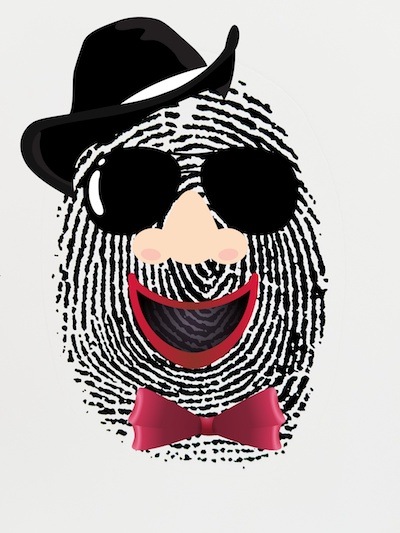
Bifurcation– Point where one friction ridge divides into two friction ridges.
Boiling Technique – Method to re-hydrate the friction skin of a deceased person. This is exactly how it sounds. To rehydrate friction skin, investigators bring water to a boil, remove it from the heat, and then submerge the hand of the deceased in the hot liquid for five seconds. The hand is then removed and dried. The skin should now be successfully hydrated to the point where it’s possible to capture a readable print. If not, the process is repeated.
In the caldron boil and bake;
Eye of newt, and toe of frog
Wool of bat, and tongue of dog,
Adder’s fork, and a … dead man’s hand?

Bracelet Creases– These are the creases/wrinkles located at the base of the palm, where the hand meets the arm. This is typically the spot where friction ridges end.
CA or CAE– Cyanoacrylate (Superglue). An adhesive that, when heated, its fumes develop friction ridge detail.
Cadmium Chloride– A metal salt used to treat ninhydrin developed fingerprints.
Calcar Area– Area at the heel of the foot.
Cheiloscopy– The study of lip prints.
Chiroscopy– Examination of the hand.
Clandestine– Kept or done in secret.
Cluster Prints– A grouping of more than one print.
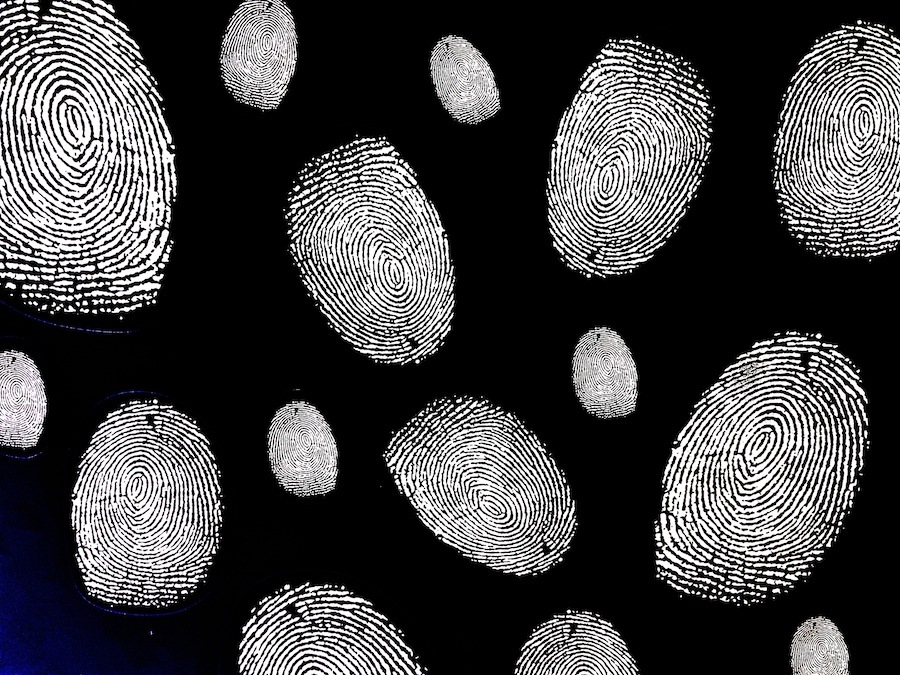
Collins Classification System– Classification system for fingerprints used by Scotland Yard in the early 1900’s.
Colloidal Gold– Reagent that reacts with amino acids to develop ridge detail.
Comparator– A split image screen used to view and compare fingerprints.
Core– The center/middle of a fingerprint pattern.
Diaminobenzidine– Reagent used to spot and develop bloody friction ridge detail. Also known as DAB.
DPR, or Dermatopathia Pigmentosa Reticularis – a genetic disorder that’s handed down through the female side of the family. DPR is caused by a specific gene that mutates during embryonic growth. The result of the mutation is a lack of ridge detail and sweat glands.
Dactylography– Study of fingerprints as a method of identification.
Dactyloscopy– The comparison of fingerprints for identification.
Degloving– The unintentional separation of the skin from the hands or feet. This unintentional parting of skin and flesh/bone is often the result of a deceased’s body prolonged soaking in water. The skin that slips from the hands and feet typically slides off in a manner that resembles a glove. However, such slippage of skin may also occur in severe forms of inherited mechano-bullous disorders called epidermolysis bullosa.
Dermatoglyphics– The study of the surface patterns of the skin.
Dragon’s Blood Powder– Fingerprint powder made from the rattan palm resin. Greatly increases the probability of seeing latent prints on light, dark, and colorful surfaces.


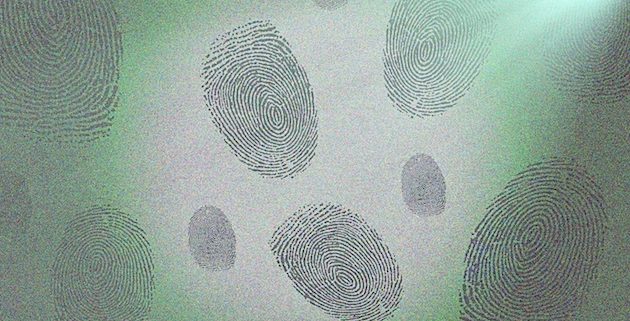
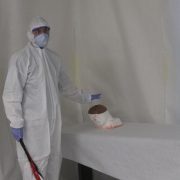

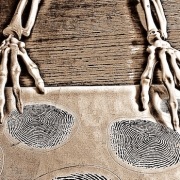

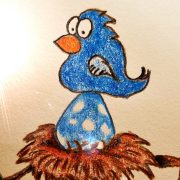
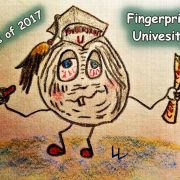
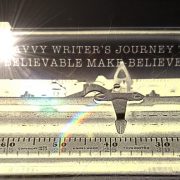
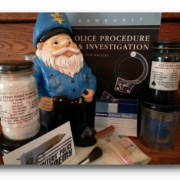



Maybe you can clear up something for me. I have read several articles that have come out that say fingerprints aren’t completely unique and thus fingerprinting is foolproof. Is that true? Thank you in advance.
That’s a lot to remember. 🙂